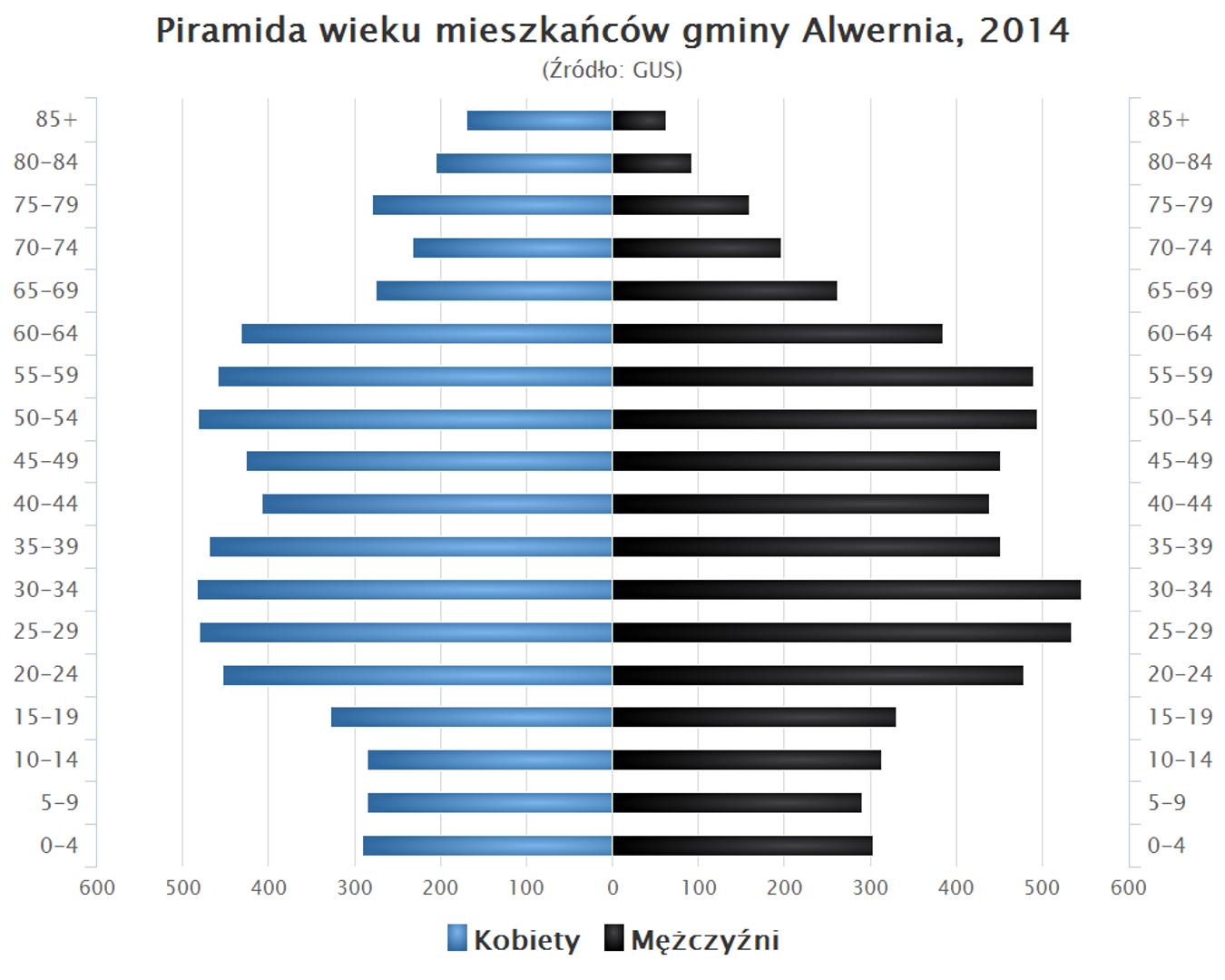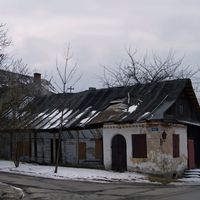Alwernia
6.01

W skrócie
Gmina Alwernia, położona w województwie małopolskim, w powiecie chrzanowskim, jest gminą miejsko-wiejską, której siedzibą jest miasto o tej samej nazwie. Z obszarem wynoszącym 75,27 km², Alwernia stanowi 20,26% powierzchni powiatu. W gminie znajduje się kilka wsi o statusie sołectwa, takich jak Brodła, Grojec, Kwaczała, Mirów, Nieporaz, Okleśna, Podłęże, Poręba Żegoty, Regulice i Źródła. Gmina charakteryzuje się znaczną urbanizacją na poziomie 27%. W 2020 roku zamieszkiwało ją 12 490 osób, co wskazuje na niewielki spadek w porównaniu do 12 641 mieszkańców w 2017 roku. Obszar gminy jest w znacznej części wykorzystany jako użytki rolne (55%) oraz użytki leśne (32%), co świadczy o zróżnicowanym krajobrazie. Gmina sąsiaduje z takimi gminami jak Babice, Chrzanów, Czernichów, Krzeszowice, Spytkowice, Trzebinia i Zator. Alwernia ma swe miasto partnerskie - Evron. Gmina posiada bogate tradycje kulturowe i historyczne, a jej historia sięga co najmniej średniowiecza. Architektura regionu wzbogacona jest o lokalne zabytki, które bear witness to przeszłość. Choć gmina nie jest dużym ośrodkiem miejskim, jej atrakcyjność podnoszą lokalne inicjatywy kulturalne, festiwale oraz obchody świąt lokalnych, które integrują społeczność. Ciekawostką jest, że gmina była częścią województwa krakowskiego w latach 1975–1998, co wpływa na jej zachowanie tradycji regionalnych i językowych.
Mapa
Miasto
Dekanat Krzeszowice
Powiat (II Jednostka administracyjna)
Powiat krakowski
Województwo (I Jednostka administracyjna)
Województwo małopolskie
Państwo
Polska
Tutaj znajdziesz
2025 Wizytor | Wszystkie prawa zastrzeżone


